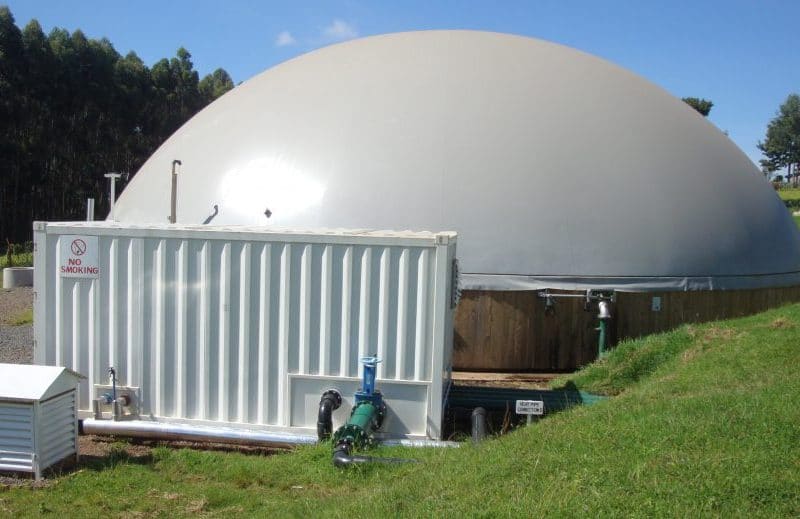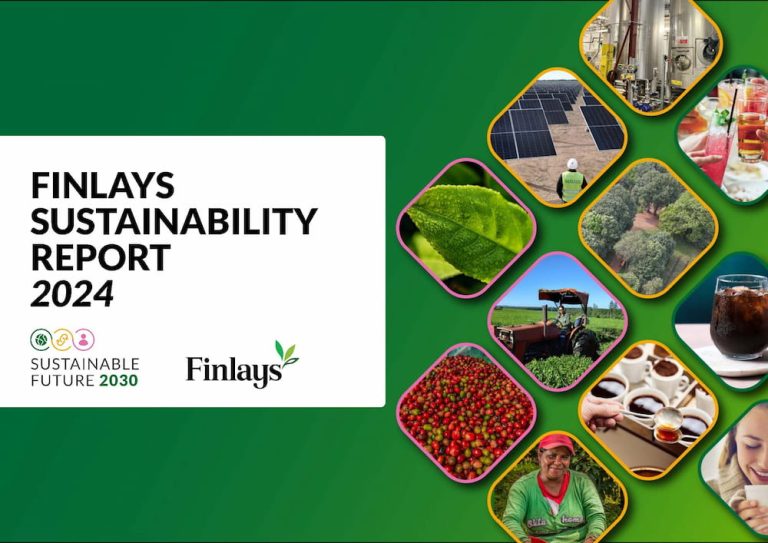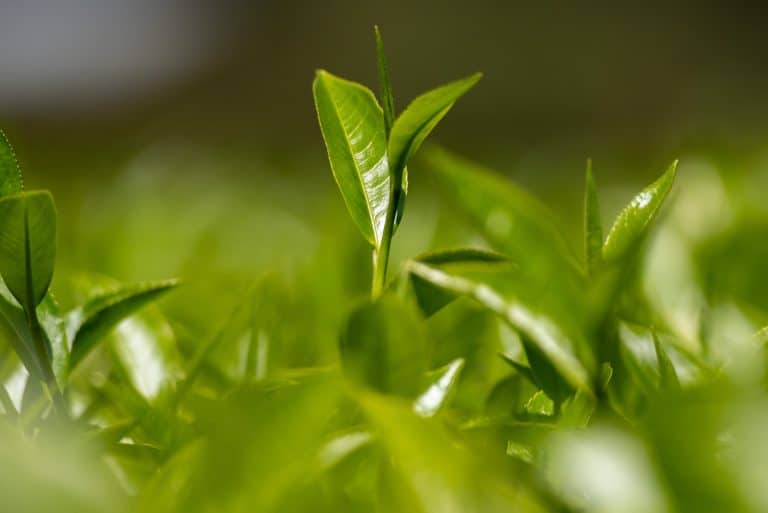For many years we have been looking at the most sustainable ways of handling flowers, tea and septic tank waste for the benefit of the business and of the environment. Denis Kibet Cheruiyot, Engineering Management Trainee and Paul Kimutai, Research Manager at James Finlay Kenya, talk about the benefits of this pioneering step towards a more sustainable waste management system.
Located near Finlays Tea Extracts Saosa Factory on a one hectare piece of land, the first phase of the commercial biogas production facility was commissioned in April 2014. It has a substrate feeding capacity of about 28 tonnes per day with electrical installation of 160kW. The facility has capacity to expand to 70 tonnes per day with an electrical installation of about 600kW.
The substrates fed into the digester are spent green and black tea from our Saosa Tea Extract plant, flower waste from Finlay Flowers, septic waste from across the company and slaughter-house waste from nearby Kericho town.
At the feeding area, all the substrates except the septic waste are pumped into the digester via a feeding hopper commonly known as the “biomix” which has a provision for mixing the feedstock and the contents of the digester together. The septic waste delivered by an exhauster is temporarily stored in a tank before being pumped to the digester as required.
Within a 20’ technical container, the circulating substrate is warmed up through a pipe in pipe heat exchanger and in the process it undergoes mixing.
The substrate from the biomix passes through valves situated in the container and is pumped into the digester via two spraying nozzles, whose spraying position and spraying time are controlled by a motor.
Biogas is produced by anaerobic digestion inside the digester which has a volume of 1700 m3 and holds approximately 1600 tons of organic waste mixture. The average daily gas production is 625m3, and this volume depends mainly on the nature and amount of substrates fed into the digester.
The quality of gas produced is constantly monitored using a gas analyser. It consists primarily of methane at about 52% and carbon dioxide at about 40% by volume. It also has a low percentage of hydrogen sulphide (H2S). This level should be maintained below 100ppm. This necessitates desulphurisation of biogas through the addition of a controlled amount of air into the digester to encourage growth of sulphide oxidising bacteria at the gas-substrate interface.
The methane-rich biogas is then channelled through high density polyethylene pipes (HDPE) from the digester to a dual fuel gas engine.
At the combined heat and power system (CHPS), a gas and diesel mixture is combusted in the engine coupled to an alternator producing 160 kW of electricity which is fed into the internal power grid. Configured for cogeneration, the CHPS is equipped with an exhaust gas heat exchanger designed to combine both the heat available in the exhaust and the heat available in the engine’s cooling circuit into a single heat stream of around 170 kWth.
Part of this heat is used to maintain the anaerobic digestion process at 38–40 degrees Celsius, and the remaining part will be used on a process heating duty at Saosa Factory or to dry firewood at an accelerated rate compared to solar drying.
With a continuous flow of biogas, the engine is set to run for 24 hours since it is fully automated. It is closely monitored to avoid engine wear, and damage is prevented by servicing and frequent engine-oil analysis.
Besides the production of electricity to stabilize and support the local grid, the plant eliminates the emission of greenhouse gases (such as methane) from dumping waste, costs of septic waste disposal and costs of spreading wastes in the forest. Together with the use of digested slurry as fertilizer in the wood production, the facility also aims to contribute to Finlays’ sustainable development goal of “zero net impact” as a minimum environmental standard.





